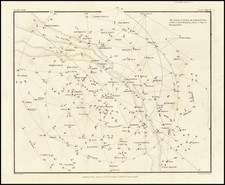A magnificent hand-colored engraved celestial plate from "the most elaborate atlas of stars and constellations published to date and perhaps the last great star atlas." - David Rumsey
Impressive celestial engraving from the large folio 1801 first edition of Johann Elert Bode's Uranographia.
The plate depicts the constellations of Ursa Major and Leo Minor.
Ursa Major, the Great Bear of the northern sky, likely dates back to pre-history. It was one of the 48 original constellations described by Ptolemy in the 2nd century. It is now commonly called the Big Dipper and appears on the state flag of Alaska. Leo Minor, on the other hand, appeared in an area classified by Ptolomy as amorphotoi, that is, not belonging to a constellation outline.
Numerous background constellations are also wonderfully depicted, including Canis, Cancer, Leo Major, Lynx, and Coma Berenices.
Johann Elert Bode (1747-1826) was born in Hamburg. His first publication was on the solar eclipse, August 5, 1766. This was followed by an elementary treatise on astronomy entitled Anleitung zur Kenntniss des gestirnten Himmels, the success of which led to his being summoned to Berlin in 1772 for the purpose of computing ephemerides on an improved plan. In 1774, Bode started the well-known Astronomisches Jahrbuch, a journal that ran to 51 yearly volumes.
Bode became Director of the Berlin Observatory in 1786, where he remained until 1825. There he published the Uranographia in 1801, a celestial atlas that aimed both at scientific accuracy in showing the positions of stars and other astronomical objects, as well as the artistic interpretation of the stellar constellation figures. The Uranographia marks the climax of an epoch of artistic representation of the constellations. Later atlases showed fewer and fewer elaborate figures until they were no longer printed on such tables.
Bode also published a small star atlas, intended for astronomical amateurs (Vorstellung der Gestirne). He is credited with the discovery of Bode's Galaxy (M81). Comet Bode (C/1779 A1) is named after him; its orbit was calculated by Erik Prosperin. From 1787 to 1825 Bode was director of the Astronomisches Rechen-Institut. In 1794, he was elected a foreign member of the Royal Swedish Academy of Sciences. In April 1789, he was elected a fellow of the Royal Society.









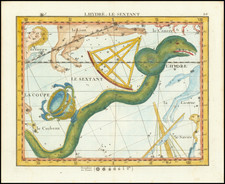
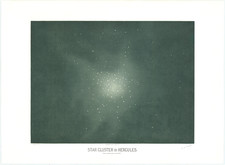
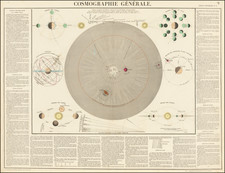
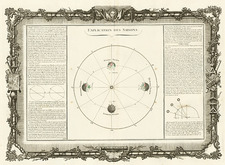
![[ Corvus ]](https://storage.googleapis.com/raremaps/img/small/68933.jpg)
